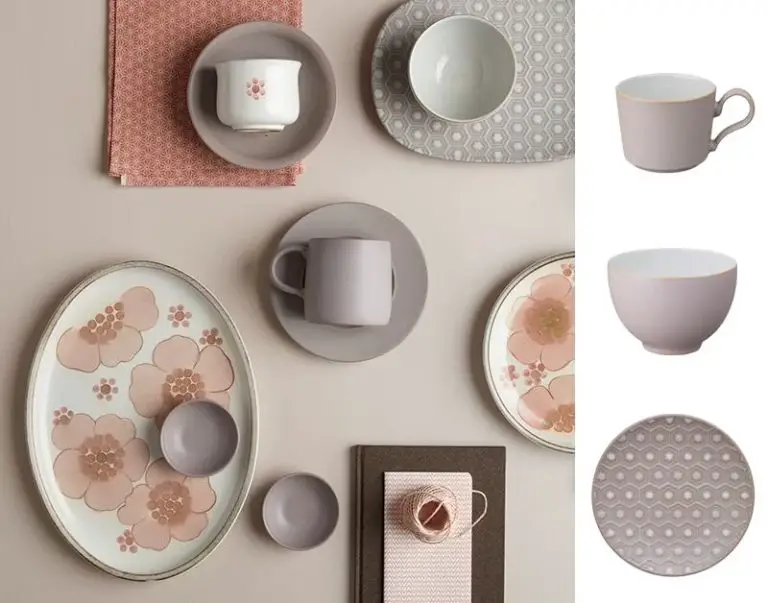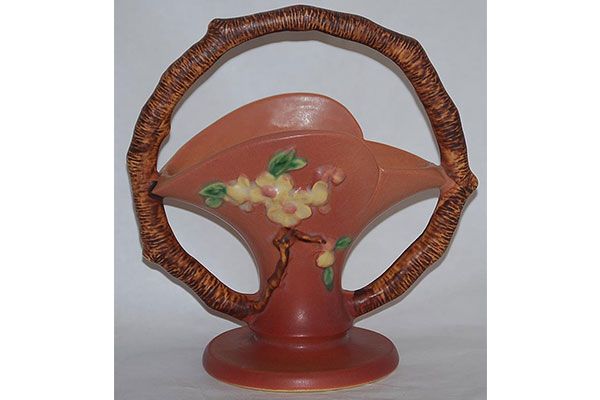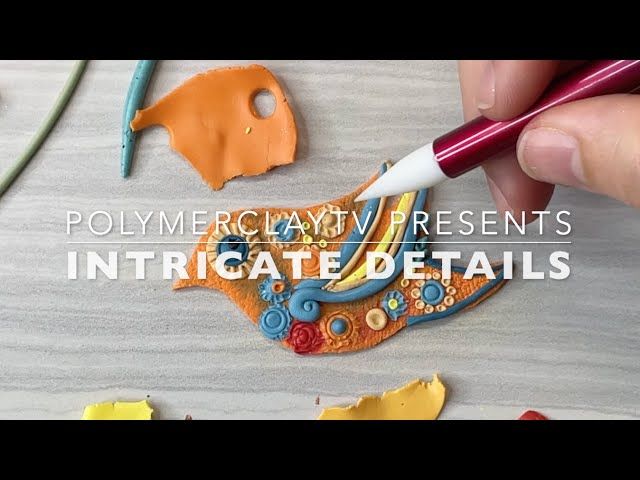What Are Small Buddha Statues Made Of?
Buddha statues have been created for centuries as meaningful symbols and objects of veneration in Buddhist traditions around the world. Buddha himself never recommended or discouraged the use of statues or images to represent him. However, over time, Buddha statues became a way for Buddhists to focus their devotion and express their faith.
Buddha statues come in many shapes, sizes, poses, and artistic styles. Small Buddha statues are popular for use as personal altars in homes or as gifts and souvenirs. Their diminutive size makes them suitable for display on shelves, desks, or other small spaces.
The most common types of small Buddha statues are those depicting the historical Buddha, Siddhartha Gautama, in iconic meditative postures or important events from his life. Shakyamuni Buddha, the title given to the historical Buddha, is a central figure in Buddhist art and worship.
Common Materials
Buddha statues come in a wide variety of materials, with some of the most common being stone, metal, wood, and ceramic/porcelain.
Stone Buddha Statues
Stone Buddha statues are often carved from granite, marble, jade, and other hard stones. Granite is frequently used for large outdoor Buddha statues because of its durability. Marble lends itself well to delicate carving and is commonly used for smaller indoor statues. Jade and other semi-precious stones are also popular choices, especially in East Asia.
Metal Buddha Statues
Bronze is the most popular metal used for Buddha statues, providing an elegant finish when polished. Other metals like brass, copper, and silver are also used. Gold leafing and other metallic paints are sometimes applied as well for decorative purposes. Metal allows for intricate detailing while remaining durable.
Wood Buddha Statues
Wooden Buddha statues are often made from dense tropical hardwoods like sandalwood, rosewood, and teak. The wood is carved when wet to maximize detail, then left to dry and polish into smooth statues. Though more delicate than stone or metal, wood lends itself to a warm, organic aesthetic.
Ceramic/Porcelain Buddha Statues
Ceramic and porcelain Buddha statues originated in China many centuries ago and remain popular till today. The clay is shaped and decorated before being fired at high temperatures to harden. This produces a shiny, delicate finish that comes in a diverse range of styles.
Stone Buddha Statues
Stone is one of the most common and traditional materials used for Buddha statues. Statues carved from stone have an ancient, timeless quality and tend to last for centuries. Some of the most popular stones used include:
Granite
Granite is an extremely hard, durable igneous rock that comes in a variety of colors like black, pink, and gray. Granite Buddha statues originate from areas with abundant granite deposits like India and China. Granite is difficult to carve, so granite Buddha statues require skilled craftsmanship.
Marble
Marble is a metamorphic rock known for its soft texture and white color. Italian Carrara marble is frequently used for Buddha statues. Marble is easier to carve than granite but more fragile over time. Marble Buddha statues have an elegant, refined appearance.
Jade
Jade is a tough, green metamorphic rock. It has been treasured in Chinese culture for thousands of years. Chinese artisans carefully hand carve jade Buddha statues, a technique known as jade carving. These statues incorporate traditional Chinese imagery and symbolism.
Sourcing stone from quarries, carving intricate Buddha statues by hand, and polishing them smooth takes tremendous skill and labor. As a result, quality stone Buddha statues often have high price tags. But their beauty and longevity can make them worthwhile artistic investments.
Metal Buddha Statues
Metal Buddha statues are commonly made from bronze, brass, and copper. These metals allow for intricate details and design work in the casting process.
Bronze Buddha statues have an antique, earthy quality and develop a desirable patina over time. The “lost wax” casting method is often used, where a wax model is made, a mold is formed around it, and then molten bronze is poured into the mold. The wax melts out and the bronze takes its place. Skilled artisans will then use tools to refine the details and finishing.
Brass Buddha statues have a bright, golden shine that is eye catching. Brass is an alloy of copper and zinc that is more malleable than bronze. This makes it easier to engrave elaborate patterns and details. The brass is poured into molds to form the statue.
Copper Buddha statues are valued for their reddish metallic hue. While copper can be forged, it is also commonly cast. The final statue may be left with a raw, satin finish or polished to a gleaming shine. Verdigris copper Buddha statues are allowed to oxidize and develop a green patina.
Wood Buddha Statues
Wood is a popular material for making Buddha statues, especially in parts of Asia where high-quality wood is abundant. Three of the most prized types of wood for carving Buddha statues are teak, sandalwood, and rosewood.
Teak wood is valued for its rich golden-brown color and natural oils that help resist rot, corrosion, and pests. Teak Buddha statues are intricately carved in parts of Southeast Asia, especially Thailand and Myanmar. The fine detail work in teak wood statues makes them highly desirable.
Sandalwood is prized for its heavenly fragrance and smooth texture that is perfect for carving intricate details. Sandalwood Buddha statues are traditionally created in India and Sri Lanka. The wood develops a gorgeous patina over time.
Rosewood has a striking reddish hue and a tight, dense grain that allows master carvers to create very delicate and detailed Buddha statues. Rosewood Buddha figures from Thailand, Laos, and Vietnam are known for their superb craftsmanship.
Carving a Buddha statue from wood is an artisanal process that requires great skill and care. The wood needs to be properly aged and seasoned before carving begins. Talented artists carefully carve the features and robes, often decorating with gold leaf and semi-precious gems. Lacquer or oil finishes help protect and beautify the wood.
Ceramic/Porcelain Buddha Statues
Ceramic and porcelain Buddha statues are made from clay and mineral powders that are shaped, fired, and decorated. The process starts with molding the statue from wet clay. The clay is hand sculpted or poured into molds to create the desired shape and details. Once dried, the statue is fired at extremely high temperatures up to 1200°C to harden the clay into ceramic.
After the initial firing, the statue is then glazed and painted. The glazes often contain minerals and metal oxides that create vivid colors and sheens when fired again at high temperatures. Common glaze colors for Buddha statues include white, blue, green, yellow, and orange. The statues may be decorated with paints prior to glazing as well. Gold leaf accents are also sometimes applied.
Multiple rounds of glazing and firing are done to build up layers of color and design. The high temperature fusion of the glazes and clay makes porcelain Buddha statues extremely durable while allowing for intricate artistic details. The glazing also creates a smooth, glass-like surface. Porcelain Buddhas are considered more refined and valuable due to the labor-intensive production process.
Regional Differences
Styles and materials for Buddha statues vary by region based on cultural traditions, available resources, and religious practices. Here are some key regional differences:
India – Buddha statues are often carved from stone like granite or sandstone. Styles follow the Gandhara and Mathura schools of art. Mudras include Bhumisparsha, Dhyana, and Dharmachakra.
Southeast Asia – Statues carved from wood are common, especially teak. Styles reflect Thai and Khmer artistic traditions with slender poses. Common mudras are Bhumisparsha, Vitarka, and Abhaya.
China – Jade, marble, and glazed ceramic statues are popular. Styles follow Chinese Buddhist aesthetics with fuller figures. Common mudras are Varada, Dhyana, and Bhumisparsha.
Japan – Bronze, wood, and lacquered wood statues are prevalent. Styles combine religious and folk art with minimalism. Mudras include Gassho, Semui, and Hōkan.
While there are these general regional styles, many factors like trade, immigration, and changing religious practices make Buddha statue designs diverse even within cultures.
Modern Materials
In recent times, Buddha statues have been crafted from more modern and engineered materials like resin, concrete, and plastics. These modern materials offer both advantages and disadvantages compared to more traditional materials.
Resin is a liquid plastic that can be molded and shaped before hardening. Resin Buddha statues are relatively inexpensive and lightweight. The material is durable, weather-resistant, and easy to mass produce. However, resin lacks the elegance, intricate details, and artisanal value of hand-carved stone or bronze. The synthetic appearance and feel of resin is also seen as inauthentic by some.
Concrete allows for larger Buddha statues to be constructed more affordably. It is also long-lasting and able to withstand outdoor environments. But concrete is heavy, prone to cracking, and unsuitable for finely detailed features. The industrial look of concrete may also detract from the spiritual nature of the statue for some people.
Plastics like polyresin can mimic the look of stone or bronze while being lighter and cheaper. But plastics do not age gracefully, are susceptible to sun damage, and lack natural variations that create character. The disposable perception of plastics diminishes their perceived value.
Ultimately modern materials increase accessibility and affordability. But this comes at the expense of handicraft, aesthetics, and perceived authenticity compared to traditional materials used for centuries.
Factors in Choosing Material
When selecting a material for a Buddha statue, there are several key factors to consider:
Cost
The cost of the raw materials is one of the biggest considerations. Precious metals and gemstones will be the most expensive. Wood and stone are more affordable options. Ceramics and resins can be quite cheap to produce.
Durability
How well the material holds up over time is another key factor. Metals, stone and high-fired ceramics will be the most durable and long-lasting. Resins and low-fired ceramics may deteriorate more quickly.
Aesthetics
The look and feel of the material is also important. Metals can provide shinier and more intricate detail. Stones have natural patterns and textures. Porcelain is known for its pure white color. The appearance should align with the overall style and setting.
Tradition
In some cases, tradition may dictate the material used. For example, sandalwood or rosewood is traditional in Tibetan Buddhas. Jade is popular for Chinese Buddhas. Adhering to cultural or religious traditions may be desired.
Weighing all these factors allows selection of the ideal material for the needs, budget, and context of a particular Buddha statue.
Conclusion
The material used to carve or craft Buddha statues holds significance. Historically, different regions crafted statues from locally available resources like stone, metal, wood or ceramic. The material often conveyed meaning about Buddha’s teachings. For example, stone symbolized enduring wisdom, metal represented strength, and wood signified renewal.
Today, with modern materials, the meaning behind the medium is less pronounced. Still, traditional materials carry cultural weight. Furthermore, the substance impacts the statue’s style, weight, fragility, and longevity. Consideration of the environment and worship practices can guide the selection. An informed choice preserves tradition while honoring the spiritual role.





